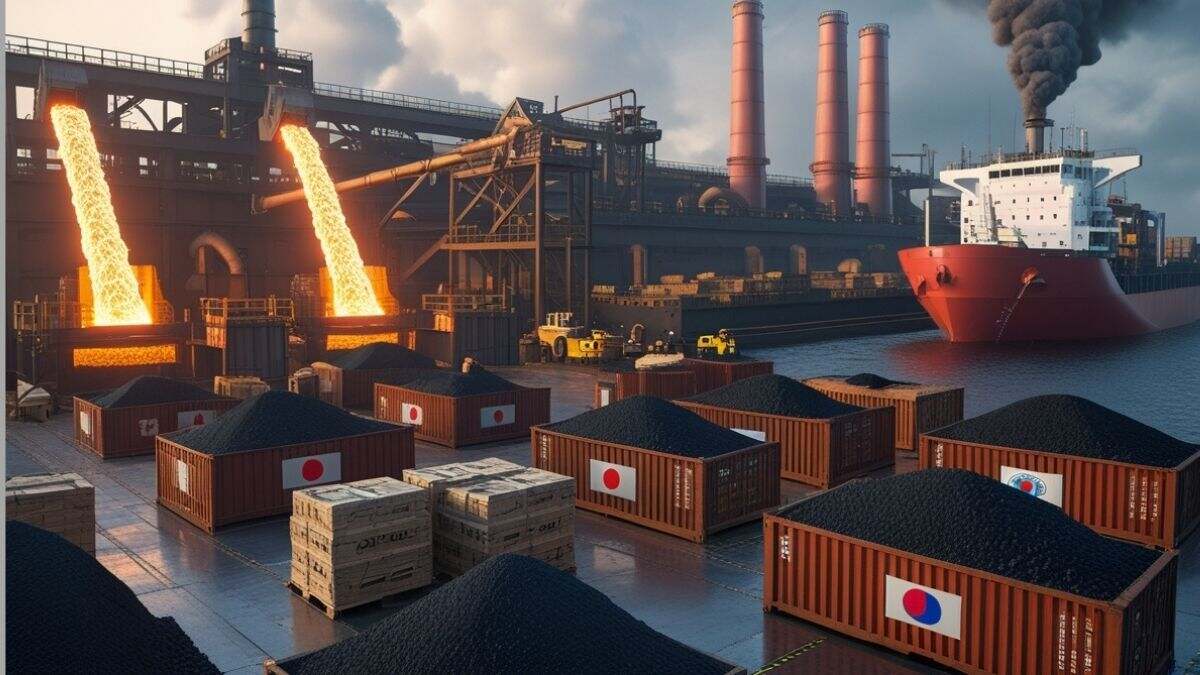According to an official survey released on Tuesday, China’s manufacturing activity decreased for a sixth consecutive month in September, indicating that companies are awaiting clarification on a U.S. trade agreement and further stimulus to increase domestic demand.
The official purchasing managers’ index (PMI) increased from 49.4 in August to 49.8 in September, falling short of the 50-point threshold that separates expansion from contraction but above a consensus prediction of 49.6 in a Reuters survey.
The protracted decline highlights the two stresses on China’s economy: U.S. President Donald Trump’s tariffs have put pressure on Chinese industries and foreign companies that purchase components, while domestic demand has not been able to establish a sustainable rebound in the years after the epidemic.
However, a separate poll of factory managers in the private sector revealed the strongest expansion since March, driven by increased export orders and rapid production growth.
The two surveys look at different producer pools; the NBS focuses more on large and medium-sized businesses that sell domestically, while S&P Global’s RatingDog General PMI, which increased from 50.5 in August to 51.2 in July, has a higher proportion of private companies that look to export.
Senior economist Xu Tianchen of the Economist Intelligence Unit remarked, “The resurgence represents a seasonal upswing as the summer interruptions are behind us and the government becomes more supportive,” referring to the headline number of the official PMI.
He went on to say that China’s economic momentum is characterized by ups and downs: a robust first quarter due to early stimulus, a sluggish midyear, and a recovery in the fourth quarter as the government increases support measures to reach growth objectives.
Concerns about the U.S. trade deal
Separate manufacturing production and retail sales figures supported the policymakers’ decision to implement a number of consumer loan subsidies in mid-August, which witnessed the month’s worst growth in a year.
The governor of the People’s Bank of China, Pan Gongsheng, opened a new tab. He confirmed last week that a variety of monetary policy instruments were still available to boost the economy, but he refrained from cutting interest rates like the U.S. Federal Reserve, as some analysts had predicted the central bank would.
According to market experts, officials seem hesitant to implement significant stimulus measures despite indications that the $19 trillion economy is slowing down. This is because of strong exports and a surge in the stock market.
The National Bureau of Statistics (NBS) said that the official non-manufacturing PMI, which accounts for services and construction, dropped to 50.0 from 50.3 in August, its lowest level since November, adding to indications of a slowdown.
In September, the manufacturing and non-manufacturing NBS composite PMI was 50.6, down from 50.5 in August.
After two months of growth, input prices declined once again, employment and factory gate prices were stuck in the doldrums, and the new export orders sub-index decreased for the ninth consecutive month.
Even if China’s exports to regional competitor India reached an all-time high in August, according to customs statistics, and shipments to Africa and Southeast Asia are on course for yearly records, the figures suggest that companies are lowering prices to find clients abroad.
However, no other nation can match the U.S.’s level of consumption, and Chinese manufacturers sell over $400 billion worth of products there each year, making up around 14% of all exports.
Although the phone contact seemed to defuse tensions, it is unclear whether it resulted in the anticipated agreement on the popular short-video app TikTok, which experts believe is essential to a larger trade deal. On September 19, Chinese Premier Xi Jinping called Trump for the first time in three months.
As Chinese and U.S. trade officials gathered again last Thursday to review topics raised in discussions before to last month’s Madrid meeting, where a framework TikTok deal was achieved, disagreements over technical specifics seemed to be impeding negotiations.

